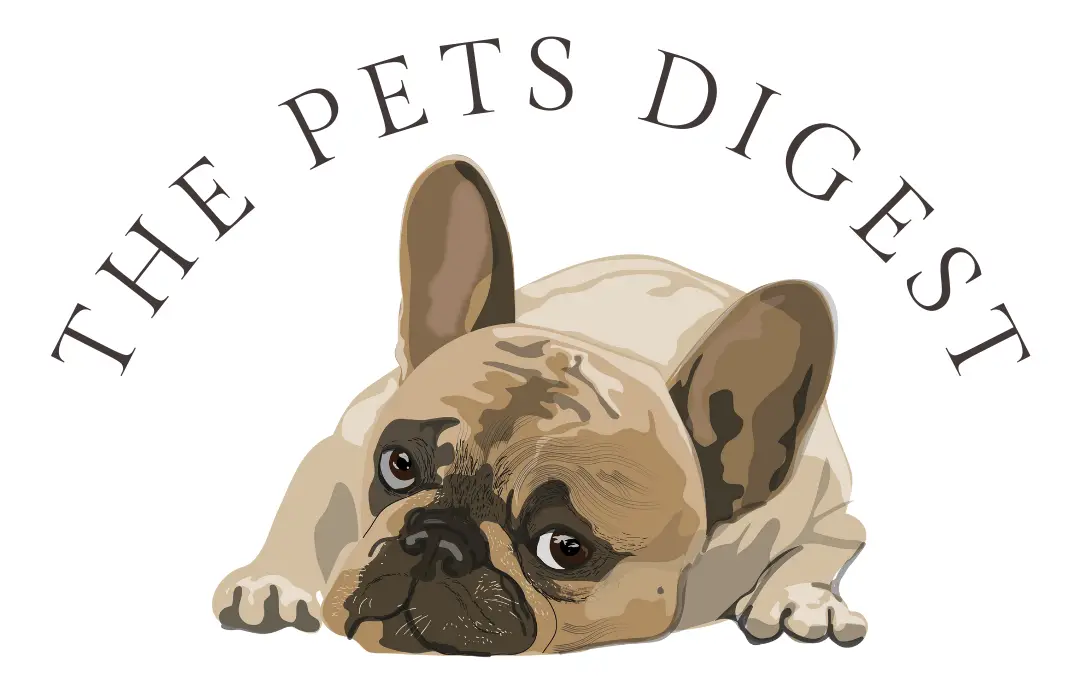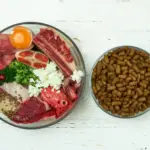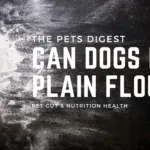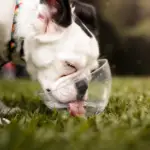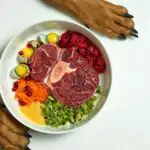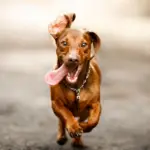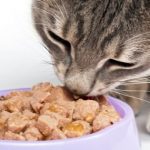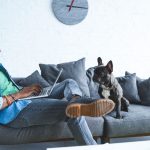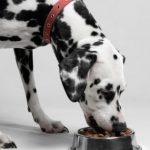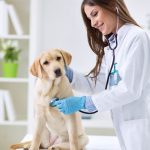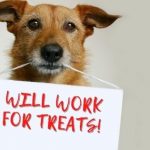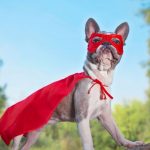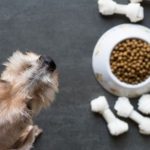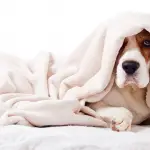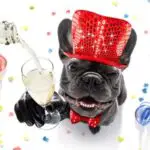Properly storing your dog and cat food is essential for its preservation and freshness.
Correct storage practices ensure the best quality of the diet. Practicing great storage habits is a crucial part of the maintenance of the nutritional properties of your pet’s food in addition there are certain components of the food that may go bad if not stored properly.
For example, vitamin E and fats in commercially available foods are highly susceptible to oxidation and hence destruction if stored improperly.
Here are five things to keep in mind when storing your pet’s food.
1. Temperature

If possible your pet’s food should be kept in a dry and cool environment.
If you are able to store the food in a refrigerator this would be best as exposure to warmth can enhance rancidity, especially if the diet is perishable, or high in fats and oils. If an item is perishable, it should never be kept at room temperature.
Always keep kibble in a controlled environment under 80 degrees Fahrenheit, per the FDA Food and Drug Administration.
2. Moisture

Moisture attracts mold! So ensure that your pet’s food is kept dry. If you live in a humid environment it is best to store your pet’s food in a fridge or at best an airtight plastic container.
3. Air

Food that is left out or exposed to air will go bad a lot quicker than if it weren’t. When storing your dog’s food keep it in the original bag but make sure to seal it or just use an airtight container in its original bag. It isn’t the best practice to remove the food from the bag because the food that comes in often has an oil-resistant liner, which is designed to help retain flavor, and it helps keep it from spoiling too quickly.
4. Time

Most kibbles will last for a month or two before they pass the expiration date. Always keep this in mind when storing food.
If you have a small dog that will probably not finish an extra large bag of food for 6 months, it’s best to opt for smaller bags.
5. Refills
If you store your dog’s food in an airtight container, use all of that food before transferring a new bag in.
Never top off old food or mix the old with the new as the older food is set to expire much earlier. Make sure to thoroughly clean the storage container between refills
Get science-based pet gut health facts to your inbox weekly

